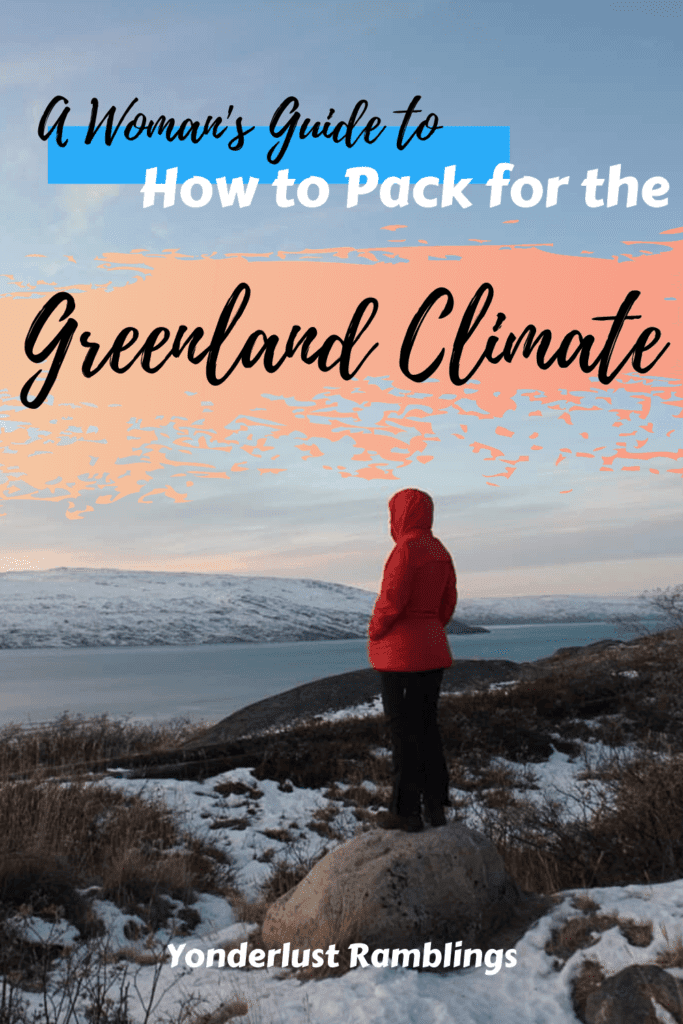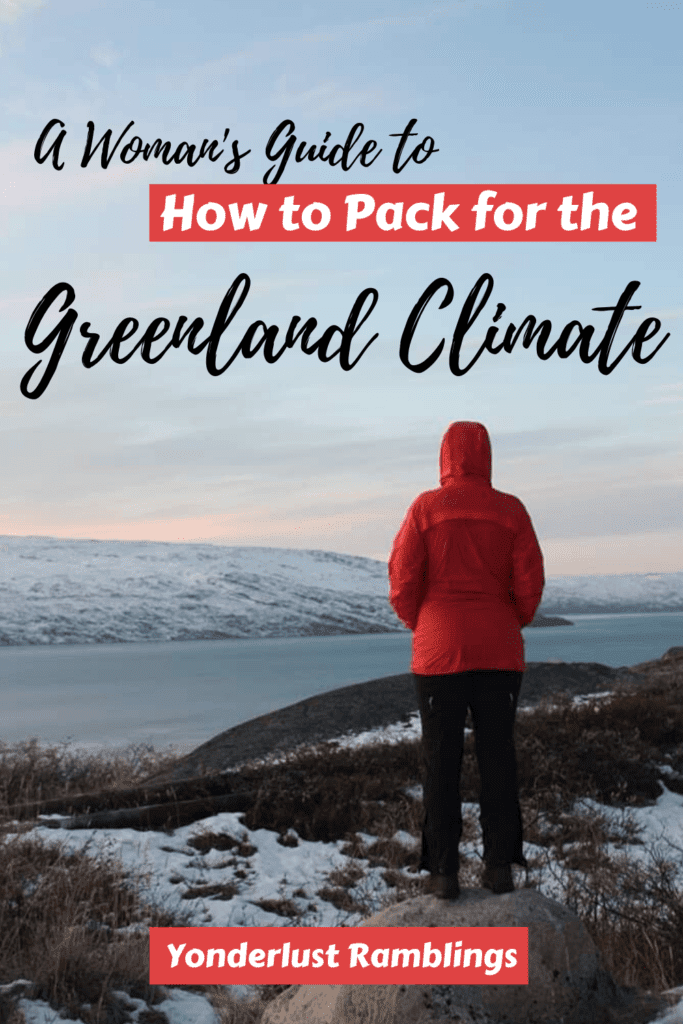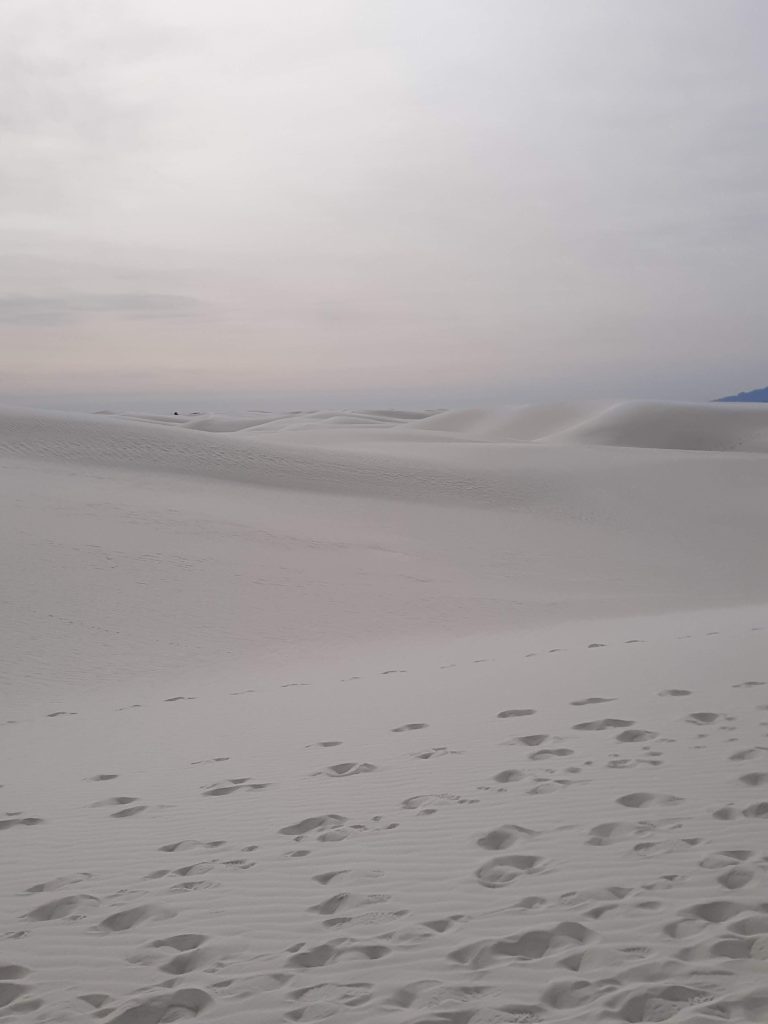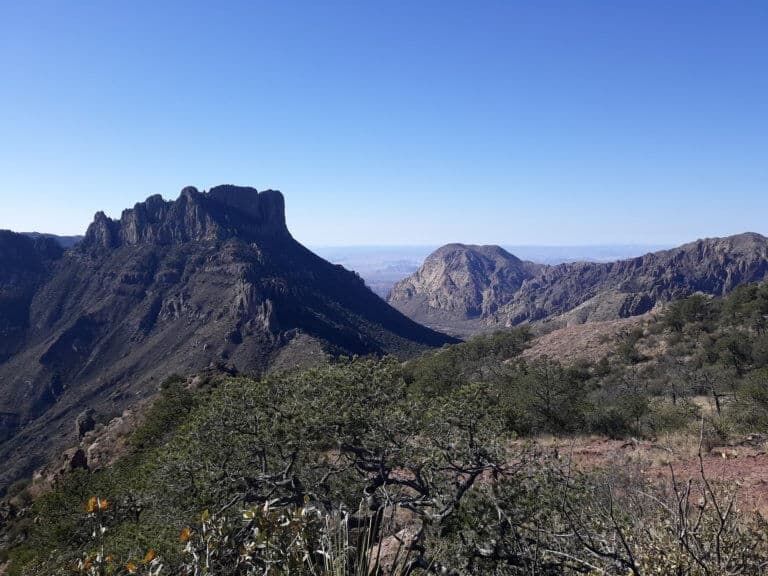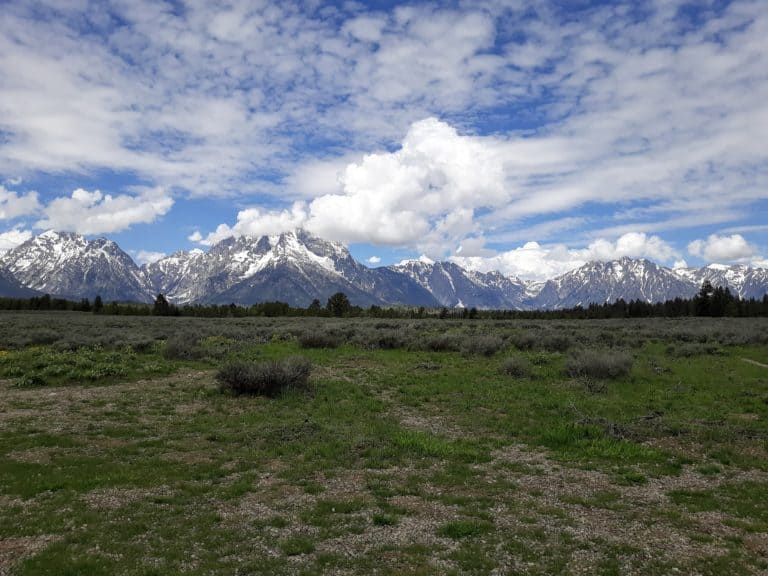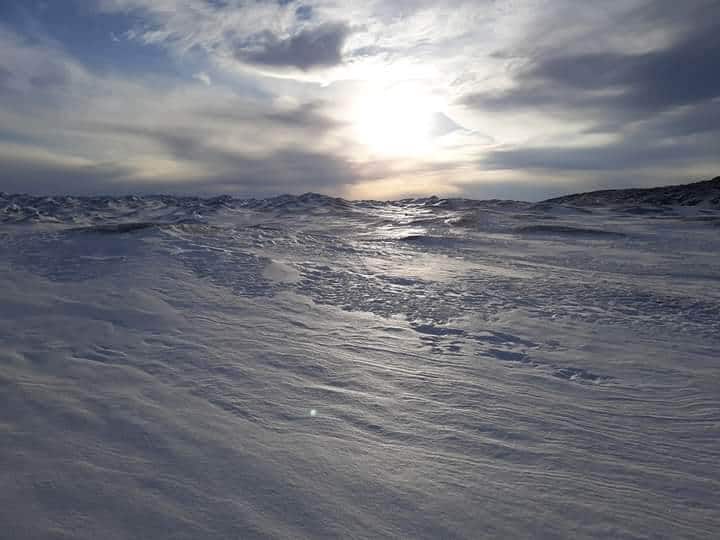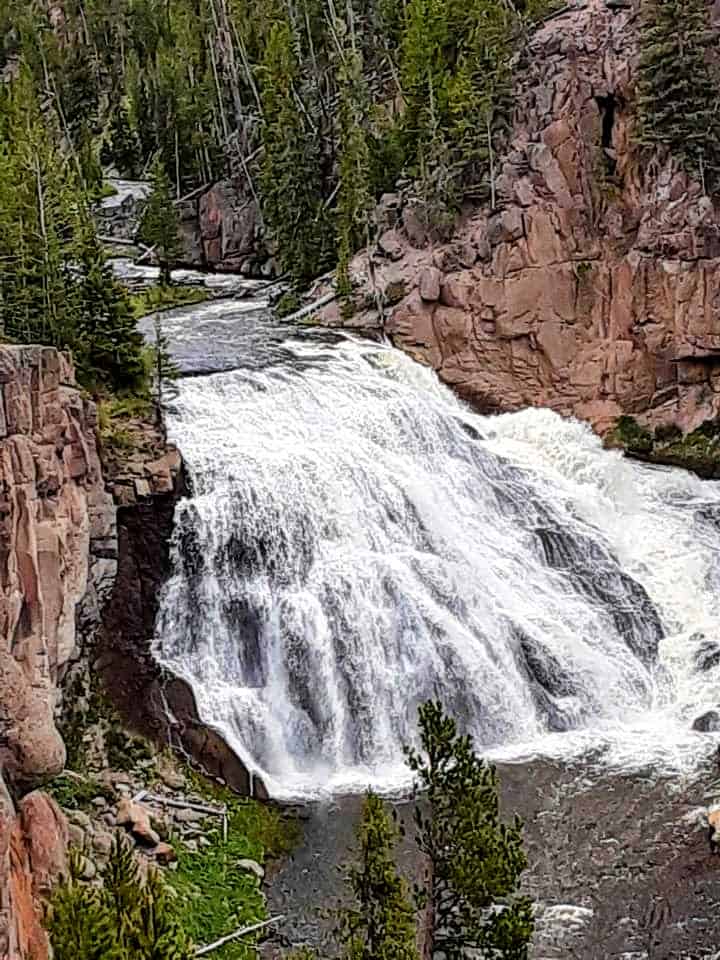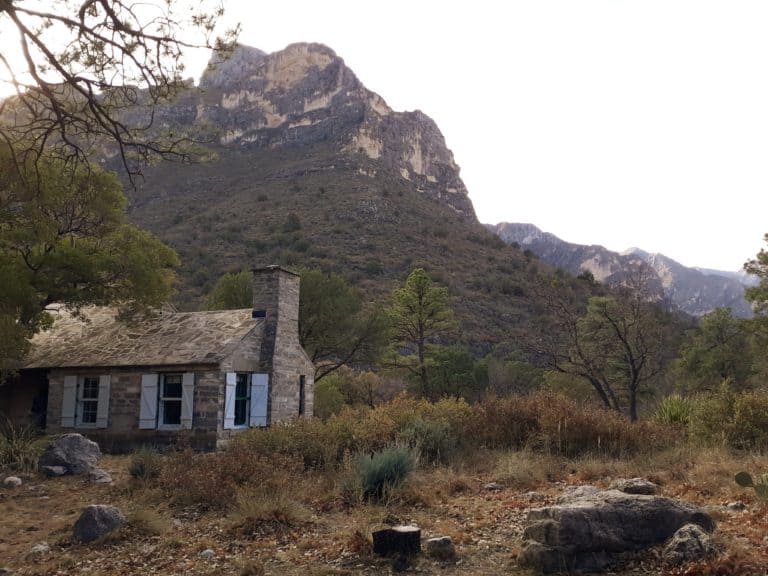A Women’s Guide to What to Wear for the Climate in Greenland in the Fall
In a country where the warmest summer months rarely get out of freezing temperatures, it is important to know how to pack for the climate in Greenland. Fall is an ideal time to visit this island nation: the air is crisp and invigorating, the snow and ice crunch excitably beneath your feet, and of course, the Northern Lights are at their most active in autumn! So what do you need to pack to get the most out of these unique Greenlandic experiences? Layers, layers, layers, is the name of the game! But what type of layers? And how many? And what other items of clothing might be important for knowing what to wear in the Greenland climate in autumn? If you are planning a trip to this fascinating and dramatic island, get ready for a magical blend of snow, sun, ice, wind, and more. Here is a complete and thorough breakdown of exactly how to pack for the climate in Greenland during fall!
*This blog is fully supported by its readers! That means that if you make a purchase through one of my affiliate links, I may earn a commission.
How to Pack for the Climate in Greenland in the Fall? Layers, Layers, and More Layers!
I cannot preach this enough! It is not enough to just buy a heavy outer jacket and wear a regular shirt underneath. The unique Greenland climate on this arctic island dictates exactly how to pack for and what to wear in Greenland, and that equates to protecting oneself from the weather starting from the base and working your way out. An efficient, insulating, breathable base layer is just as important of a choice as your outer layer.
When choosing a base layer, the most important thing to avoid is cotton! Active travelers, from runners to hikers to cyclists, will preach the importance of avoiding cotton at all costs for outdoor activities. But this is even more true in an environment such as the Greenland climate. On an island where temperatures consistently drop into the negatives, you run the risk of literally freezing if you do not have the right type of base layer.
Case in point: you decide to do some hiking in Greenland, and you throw on a cotton shirt thinking to yourself that, since it is sooo cold outside, you probably won’t even break a sweat. Turns out though, after hiking for even just a short amount of time, your body reacts to that energy by beginning to sweat and produce moisture. Your cotton shirt is unable to efficiently and quickly wick that moisture away, and all of that wetness begins to go clammy, or in a worse case scenario, literally start to freeze, right up against your skin. Super uncomfortable, and even worse, super dangerous.
This is the situation that you want to avoid at all costs when knowing what to wear in Greenland during the fall, or any season for that matter. A heavy jacket will not override or compensate for insufficient base layers. When knowing how to pack for the climate in Greenland during the autumn season, the two most important rules are to avoid cotton, and make sure that your layers are moisture wicking, quick drying, and insulating.
Your hands down best bet to achieve all of these requirements is wool. My favorite wool layering brand is IceBreaker. I will list several recommendations from this line below, including their current prices on Amazon.
I preach wool for active wear, no matter whether you are preparing for what to wear in Greenland, or running a half marathon in Texas in the summer. You may not need to worry about body heat turning to condensation and then freezing in Texas in the summer, but it is just as important to employ a moisture wicking, quick drying, and breathable clothing regimen even in that environment. So let’s get started from the inside out.
Base Layer for Greenland in Fall
Consider your base layer your first line of defense against the unique climate in Greenland. Again, it is absolutely vital that the base layer you choose to wear in Greenland is moisture wicking, quick drying, and simultaneously breathable (to let the heat escape without building up and creating dangerous condensation), and insulating (to keep the warmth in). This may sound like an oxymoron, but products and materials like wool are able to perform this balancing act.
My favorite wool base layers are from the BodyFitZone line from the IceBreaker brand. I wore their BodyFitZone 260 long sleep half zip base layer when running the Polar Circle Marathon in Greenland in October. I especially love this particular base layer because it can zip to allow for extra ventilation. The temperature at the start of the race was negative five, yet I did not get clammy once while I ran.
IceBreaker base layers come in ultra lightweight, lightweight, and midweight. When packing for what to wear in Greenland for the summer months, when the temperatures are not as dramatic, an ultra lightweight or lightweight base layer may be appropriate, whereas a midweight is more appropriate for dropping temperatures in fall. You can find all of my base layer preferences listed below with their current prices on Amazon.
>Get your IceBreaker base layers here
- Women’s BodyFitZone Ultralightweight Base Layer Top
- Women’s BodyFitZone Lightweight Base Layer Top
- Women’s BodyFitZone 260 Midweight Base Layer Top
Middle Layer for Greenland in Fall
Your middle layer should take the base layer one step further. It should serve the same functions, and act as reinforcement. It should also take the insulation factor up one notch. Since there is already a layer of heat going on underneath your middle layer, your middle layer bears twice the load when it comes to insulating while preventing moisture build up.
Again, it is important that this layer is breathable to allow moisture to escape, but insulating to keep the important heat in. IceBreaker’s wool line is my go to for middle layers, and my favorite, their women’s Quantum jacket, can be found below with its current price listed on Amazon.
This is my favorite middle layer because not only does it perform superbly in active travel situations such as running the Polar Circle Marathon, but it is practical enough to double as a every day layer. This layer is form fitting and looks goes with all types of outfits and looks, not just sporty ones.
It also highlights another great benefit of wool: odor resistance. Wool has the unique ability to hold warmth in, while not holding onto the smell that often goes hand in hand. I wore this layer as my middle layer while running the Polar Circle race in Greenland, and literally wore it again several hours after to the celebration dinner with no lingering smells!
>Get your IceBreaker mid layer here
Base Layers for Bottoms
Layers are important for your bottom items of clothing as well. In extreme arctic environments like Greenland, especially during the colder months, it may be necessary to wear both a base and middle layer for bottoms. On the flip side, on sunnier summer days in Greenland, a base layer alone or a mid layer alone coupled with an outer shell layer will be sufficient for the Greenland climate. You should also take into account the amount of activity you plan to do.
During my four days in Greenland in October, even though the temperatures were consistently below freezing, even in the negatives at times, because I was consistently moving, I never found it necessary to wear more than a middle layer under my outer shell.
IceBreaker makes a superb wool base and middle layer leggings. They are arguably the most comfortable clothing items I own and I would live in them permanently if I could. Again, they are insulating without becoming damp from condensation or smelly from activity.
I ran in the 260 Zone mid layer leggings under my outer shell the morning of the Polar Circle Marathon, and wore them again on the plane ride home the next day. Both base and middle layer leggings from IceBreaker are listed here with their current price on Amazon.
>Get your IceBreaker women’s legging layers here:
- IceBreaker Women’s BodyFitZone 150 Zone Ultralight Base Leggings
- IceBreaker Women’s BodyFitZone 260 Zone MidWeight Leggings
Whether you opt for a base layer and middle layer on bottom, or just one or the other, you will want to top off your bottoms with a outer shell for your legs. I go more in depth on outer shells for both tops and bottoms next.
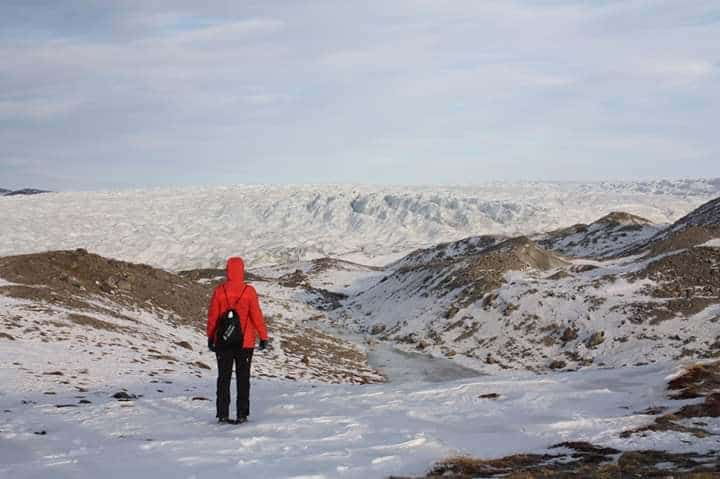
Outer Shells for Greenland
Your outer shell layer needs to contain all of the previous requirements of your base and middle layers, with the additional add on of environmental protection. Meaning that your outer shell is your first line of defense from the elements, including wind, rain, snow, and ice. So your outer shell needs to have specific elements in place to defend against these occurrences, especially in an environment like Greenland.
Hard Shell vs. Soft Shell
Your shell layer is your outer layer. And just like a turtle, it is called an outer shell because it should protect you from the elements and allow you to stay safe underneath. Outer shells come in hard and soft versions. Hard shell layers are more traditional, but soft shell layers are becoming more advanced and many feel they are more responsive to activity.
I think whether you opt for a hard shell or soft shell depends on your intended use. I personally use soft shells, because I like the flexibility, responsiveness, and general “softer” feel of a soft shell, because I wear my outer shell for running, hiking, and other forms of active travel. Hard shells come across as a little too stiff and not as form fitting for me.
No matter how you choose to go, make sure that your outer shell layer is specially treated against weather. Waterproof and wind resistance are the two biggest factors. Bonus if your outer layer contains some kind of wool liner, like my IceBreaker Coriolis jacket. This jacket is my winter active travel go to, but full disclosure, it is water-resistant, not waterproof. For a fully waterproof option, go with the IceBreaker Stratus Transcend jacket.
Do not forget to bring along a outer shell layer for your bottoms as well. Patagonia makes my favorite soft shell outer layer pant. It is water and wind resistant, with special venting panels. Get my outer shell recommendations here:
>Get your outer shells here
- IceBreaker Women’s Corialis wind-resistant and water-resistant jacket
- IceBreaker Women’s Stratus Transcend wind-resistant and waterproof jacket
- Patagonia Women’s Wind Shield Soft Shell Pants
Socks
Feet are your first point of contact for exploring Greenland, and must be treated as such. The best line of wool socks is the Darn Tough line. Plenty of colors and specifications for the type of Greenland vacation you have planned, whether you need hiking and running socks with more cushion, or lower cushion for minor walking.
The Darn Tough line will keep your feet moisture free, odor free, and warm. I own a pair of low cushioned Darn Tough socks for when I run, and a pair of their women’s cushioned hiking boot socks for trekking. Both can be found below.
>Get your Darn Tough socks here
Boots
The chance for snow and ice continuously exists in Greenland, so waterproof footwear with excellent traction and a degree rating below freezing is a must. I prefer a boot with taller ankle and leg extension, to help prevent snow and ice from getting into my boot, and also for a little extra stability.
I will admit that living in Texas has limited my experience with cold weather specific boots, but I chose to wear my Columbia boots, and they held up well with freezing temperatures, and several hours long hikes through sporadic drifts of ankle deep snow and ice. They stayed waterproof, and the traction was reliable even in those autumn Greenland conditions.
I also like this boot because it is a little softer looking and not so utilitarian appearing as some mountaineering boots seem to be, so it can perform double duty between going out to dinner with a pair of leggings, or hitting a steep uphill on an icy mountain in Greenland, such as the hike to Mount Hassel that I completed during my time here.
>Get your Columbia winter boots here
Shoe Spikes
Even boots with superb traction need a little extra boost in Greenland. The world’s second largest ice caps resides here, as well as the stunningly desolate Russell Glacier. To explore to your best ability, strap on a pair of shoe spikes, such as YakTraks or Kahtoola’s. These devices will give you additional traction support on the extraordinarily icy tundra of Greenland.
If you are planning to run in Greenland, I will say that spikes are an absolute must. If you are planning to hike or explore, they will come in very handy and are highly recommended!
A little more information on the difference between YakTraks and Kahtoola’s. YakTraks are less expensive, but depending on the brand of YakTraks you purchase, you may end up getting spikes that are plastic and only a few tenths of a centimeter long. This may be sufficient for walking around town or some light hiking on largely flat terrain. If you need something with more performance, you are going to want to go with Kahtoola’s. Opt for Kahtoola Microspikes over Nanospikes, as the Microspikes possess a longer length spike.
Kahtoola’s employ stainless steel spikes that don’t just grip ice, but latch onto it. Their spikes are longer and triangular, and are much better at providing you the confidence you may need for more active travels. Kahtoola’s also come in a convenient cinch bag for packing and carrying, which YakTraks lack. This may not seem like a big deal, but it actually is extremely handy when transporting spiky items. If you order a pair of Kahtoola spikes, make sure to check the sizings for shoes versus boots, as they are sized differently based on the type of footwear you are planning to wear spikes with.
I originally was planning to run the Polar Circle Marathon in YakTraks, but after examining what it was like to traverse the Greenland Ice Cap and permafrost covered course, I opted for Kahtoola’s and had zero issues running on the solid ice sheets and icy hills of the Greenland Ice Cap. You can find both YakTraks and Kahtoola’s listed below on Amazon at their current prices.
>Get your spikes here
Gaiters
Ironically, I learned about gaiters when trail racing in rocky and dusty west Texas. During those outdoor explorations in El Paso, my gaiters prevented rocks, gravel, and dirt from getting into my Brooks Calderas trail runners.
The same concept applies for Greenland, except instead of gravel and dust, more than likely your gaiters will help keep snow and ice out of your shoes. If you have a above ankle boot, you probably will not need to use gaiters, but if you are planning any outdoor time in Greenland with less, you may find these products beneficial. There is nothing worse than wet socks in Greenland.
>Get your gaiters here
Head Covering
It is true what they say about making sure that you keep your head covered to conserve heat. I employ a three layer system with my head covering as well. For my base layer, I use a Gore Windstopper headband.
I discovered the wind resistant power of the Gore brand when I started my road cycling regimen and was training for my first race and needed something to cover my ears while remaining minimalist under my helmet. The Gore brand is well known and revered among road cyclists who sustain more wind in their exploits, so it performed beautifully in an climate such as Greenland where aggressive gusts are the norm in autumn.
Over my Gore Wear Windstopper headband, I choose to wear a SmartWool beanie. This brand of beanie does the job perfectly, keeping in warmth and insulation, while remaining breathable and quick drying. I like the cuffed SmartWool beanies, because it feels like wearing another layer of protection around my ears.
For my third and final layer, my go to is my Buff. This product could vouch for either a head covering or a neck covering, which is why I also go into more detail about my Buff when discussing neck coverings as well. Whether you choose to use a Buff around just your neck, or pull it up and over your ears and over your head like I do, this has proven to be the most useful, versatile, and practical piece of winter gear that I own, and I absolutely love it!
Buffs are both stretchy yet secure, so if you wear them over your head, it has the ability to keep any underneath head covering layers in place. It will also keep your hair secured back and out of your face, which, as a woman, is one of my biggest pet peeves when I run or bike in the fall and winter. I ran the Polar Circle Marathon in a Buff, and let me tell you, nothing moves. Buffs are great at keeping everything exactly in place where they need to be, so you do not have to worry about making any head covering adjustments.
Buffs can also serve double duty as a baklava type of head and neck covering. It is easy to pull a Buff up over your mouth and nose if necessary. Conditions in the Greenland climate often necessitate covering as much skin as possible, which is what makes a Buff such as versatile layering item to bring along when researching what to pack for the Greenland climate in fall.
>Get your Head Covering layers here

Neck Covering
In Greenland, where winter storms and cold temperatures can roll in amped up to the tenth degree, it is important that no significant amount of skin is exposed for long. The best way to keep your neck covered and warm is with a Buff. The great thing about Buffs, is they are multipurpose, as mentioned above. They can be utilized as not only a neck covering, but an additional head covering, and can also be pulled up over the mouth and nose to serve as a baklava as well. They are also fun to shop for, as they come in a wide variety of colors and prints to match your personality! Pick out your own unique Buff below.
> Get your own Buff here
Gloves
Again, it is important to not allow any amount of skin to be exposed to the Greenland weather when out exploring. When choosing a pair of gloves, opt for one that is phone friendly in its responsiveness. No doubt you will encounter plenty of experiences worthy of a picture, and you don’t want to miss a thing messing with your phone. I used these fleece North Face gloves for my time in Greenland, which can be found below on Amazon.
>Get your North Face Denali fleece gloves here
Polarized Sunglasses
Polarized sunglasses are important not only for protecting against the sun, but from the extreme glare that the stark, icy environment of Greenland can produce. The strength of the sun off of the white surface of Greenland is something that cannot be underestimated and can cause unexpected strain on eyes if not protected. Find the polarized sunglasses that I use here on Amazon.
>Get your polarized sunglasses here
Chapstick
Chapstick is one of the most important travel items in my backpack, no matter where in the world I travel! But it is more than just a convenient amenity in Greenland, it is absolutely essential! The beautiful Greenland scenery can be deceptively cruel if you face it without preparing your skin for the elements! There is nothing worse than trekking around Greenland with the feeling of chapped lips.
Congrats, now you know exactly what to wear in Greenland and precisely how to pack for the Greenland climate in fall!
Read More: now that you have your packing list, are ready to assemble your layers, and know exactly what to wear in Greenland in the fall, start planning your time in Greenland! If you’re looking for the top ways to get the most out of your fall Greenland vacation, then check out these nine unmissable adventures in Greenland, based off of my own travel experiences in this dramatic and breathtaking country!
PIN for LATER!

